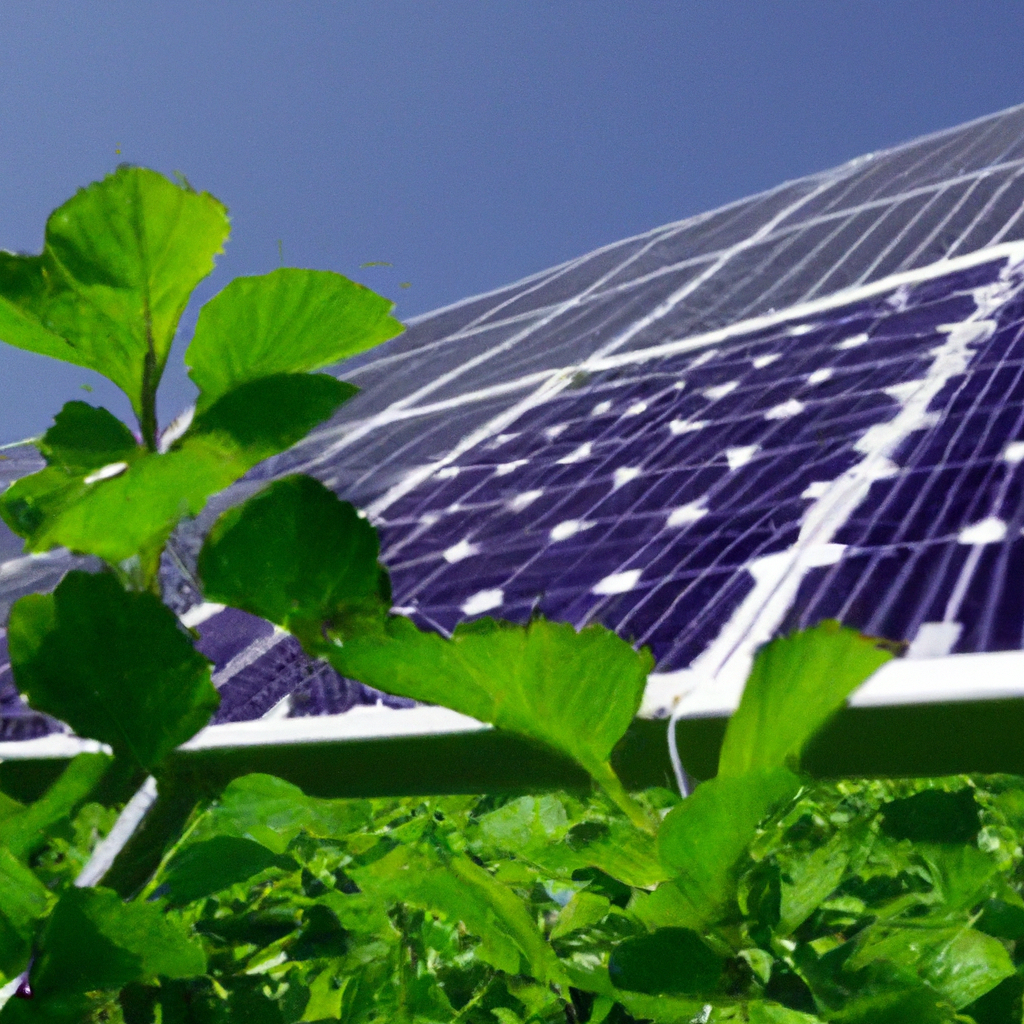
The concept of “net zero” has been gaining significant attention and traction in discussions surrounding climate change and sustainability. In essence, achieving net zero refers to balancing the amount of greenhouse gas emissions produced with the amount of emissions removed from the atmosphere. This increasingly popular term distinguishes itself from other environmental concepts like carbon neutral by encompassing the comprehensive reduction of all greenhouse gases, rather than solely focusing on carbon dioxide emissions. Consequently, understanding the nuances and implications of net zero is essential for those seeking to address the urgency of climate change and implement effective mitigation strategies.

What Exactly Does ‘Net Zero’ Mean?
Definition of ‘Net Zero’
‘Net zero’ refers to a state in which there are no net emissions of greenhouse gases (GHGs) that contribute to climate change. It is an ambitious goal that involves reducing GHG emissions as much as possible and offsetting any remaining emissions through carbon removal or other means. The aim is to achieve a balance between the amount of GHGs emitted and the amount removed or offset, resulting in no additional increase in GHG concentrations in the atmosphere.
Net Zero Emissions
Net zero emissions, also known as carbon neutrality, refers to achieving a balance between the amount of GHGs emitted and the amount removed from the atmosphere. This is typically done by reducing emissions through efficiency measures, renewable energy adoption, and changes in production and consumption practices. Any residual emissions that cannot be eliminated are then offset through the support of projects or activities that remove or avoid GHG emissions, such as reforestation or renewable energy projects.
Net Zero Energy
Net zero energy refers to the efficient use of energy sources and technologies to ensure that the total energy consumed by a building, community, or country is roughly equal to the amount of renewable energy generated and used within that system. It involves implementing energy-efficient measures, such as insulation, efficient appliances, and smart energy management systems, while also utilizing renewable energy sources like solar, wind, or geothermal energy. The goal is to minimize the use of energy from fossil fuels, thereby reducing GHG emissions and achieving a balance between energy consumption and renewable energy generation.
Net Zero Waste
Net zero waste aims to eliminate the generation of waste materials that are sent to landfills or incinerators, ultimately reducing the environmental impact of waste disposal. It involves adopting waste reduction strategies, such as recycling, composting, and reusing materials to minimize the amount of waste generated. Any remaining waste is then managed through methods that reduce its impact on the environment, such as converting it into energy through anaerobic digestion or waste-to-energy processes. The objective is to divert waste from landfills and incinerators, contributing to resource conservation and minimizing environmental pollution.

How Is ‘Net Zero’ Different from ‘Carbon Neutral’?
The Concept of ‘Carbon Neutral’
‘Carbon neutral’ is often used interchangeably with ‘net zero’, but there are subtle differences between the two concepts. While both aim to achieve a balance between emissions and removals, carbon neutrality specifically focuses on carbon dioxide (CO2) emissions, which is a major GHG. Net zero, on the other hand, encompasses all GHGs, including CO2 as well as other gases like methane (CH4) and nitrous oxide (N2O).
Scope of Emissions Considered
Another difference between ‘net zero’ and ‘carbon neutral’ lies in the scope of emissions considered. Carbon neutrality typically focuses on reducing and offsetting emissions from direct sources, such as fuel combustion in vehicles or industrial processes. Net zero, however, extends its scope to include not only direct emissions but also indirect emissions, known as ‘Scope 2’ and ‘Scope 3’ emissions. Scope 2 emissions refer to emissions associated with the generation of electricity or heat purchased by an entity, while Scope 3 emissions are indirect emissions associated with activities such as transportation, waste disposal, or supply chains.
Offsetting and Reduction Strategies
Both ‘carbon neutral’ and ‘net zero’ rely on the use of offsetting strategies to balance emissions. Offsetting involves investing in projects that reduce GHG emissions or remove CO2 from the atmosphere. These projects can include forest restoration, renewable energy projects, or carbon capture and storage technologies. However, net zero goes beyond just offsetting and places a stronger emphasis on reducing emissions through adopting low-carbon technologies, improving energy efficiency, and changing behaviors and consumption patterns.
Focus on Other Environmental Impacts
While ‘carbon neutral’ primarily focuses on addressing the impacts of GHG emissions, ‘net zero’ takes a broader perspective by considering other environmental impacts as well. This includes addressing issues such as air and water pollution, resource depletion, and habitat destruction. By adopting more sustainable practices and technologies, a net zero approach aims to minimize not only GHG emissions but also other negative environmental effects, resulting in a holistic approach to sustainability.
In conclusion, ‘net zero’ is a comprehensive approach that goes beyond just carbon neutrality. By addressing all GHGs and considering a wider range of emissions sources, net zero aims to achieve a balanced state where emissions are minimized and remaining emissions are offset or removed from the atmosphere. This multi-dimensional approach allows for a more holistic response to the challenges of climate change and environmental sustainability.

